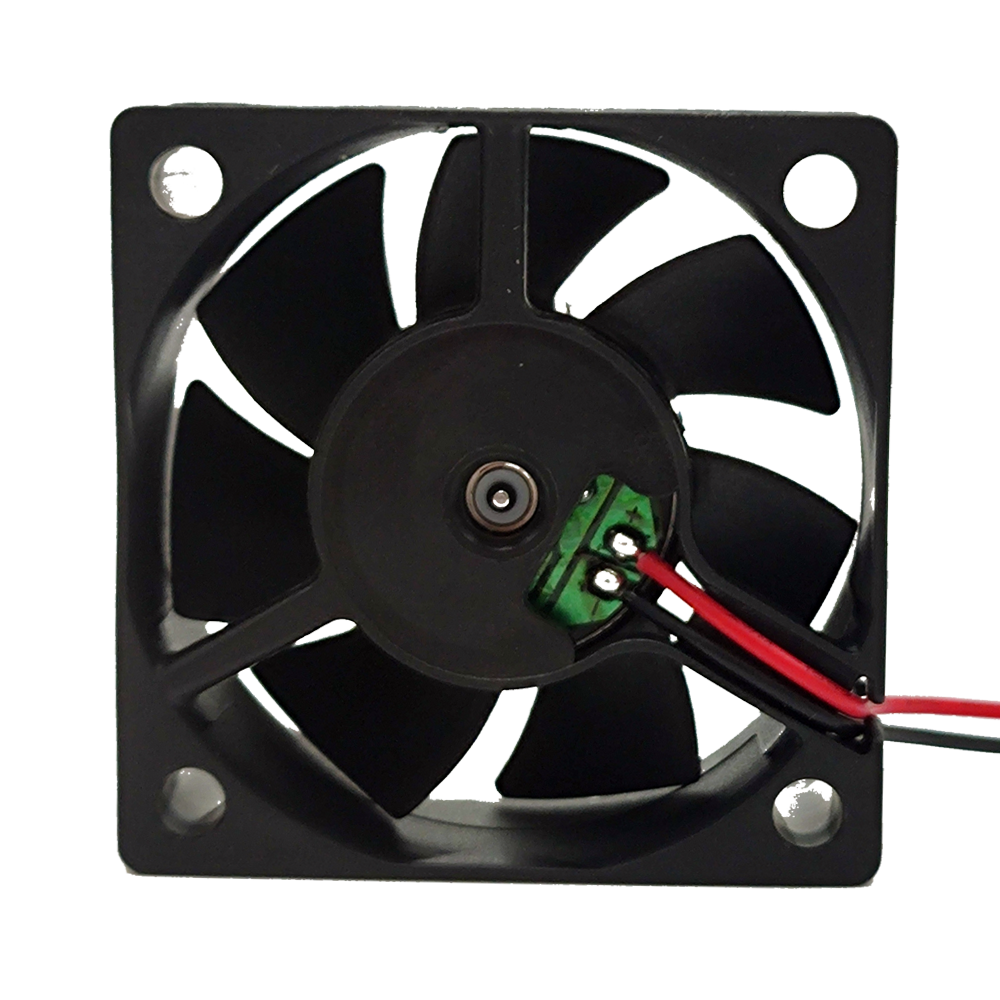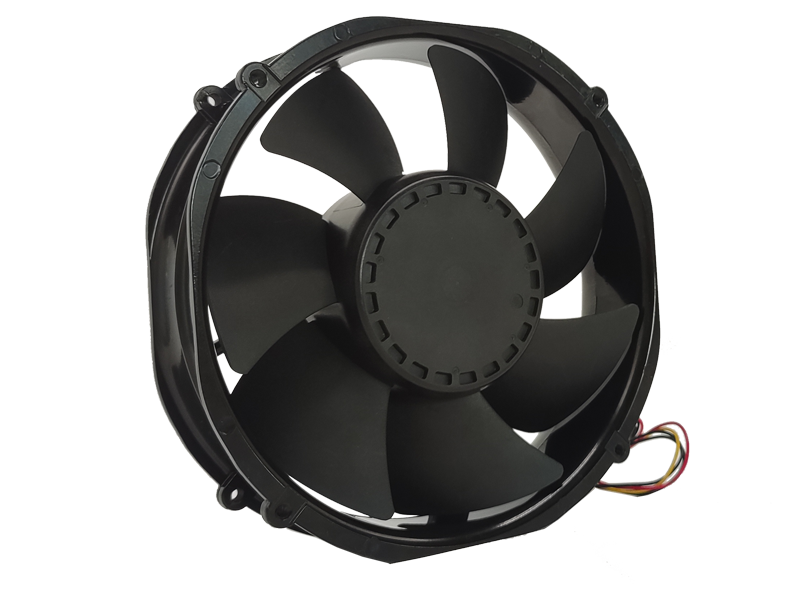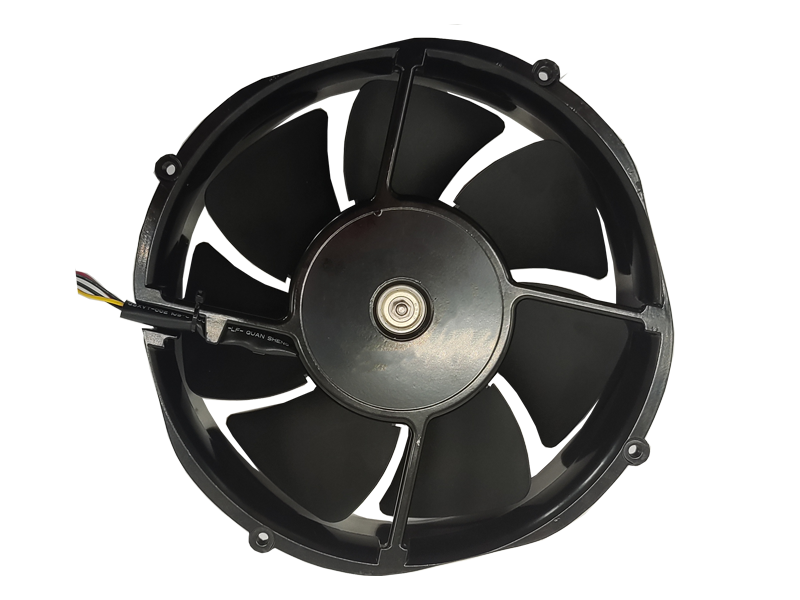In today's rapidly evolving industrial landscape, the demand for improved operational efficiency, productivity, and sustainability is higher than ever. One of the key components that contribute significantly to these goals is the industrial fan. Often overlooked as a mere tool for air circulation, industrial fans are essential for maintaining optimal conditions in manufacturing environments, increasing energy efficiency, and ensuring the safety and well-being of workers. From cooling systems in heavy machinery to ventilation in enclosed spaces, industrial fans have far-reaching applications that are critical for the smooth operation of many industrial processes.
1. The Essential Role of Industrial Fans
Industrial fans are designed to provide air movement in various industrial settings, including factories, warehouses, power plants, and agricultural operations. The primary function of these fans is to improve ventilation by removing hot, humid, or polluted air, while ensuring a constant supply of fresh air. This is vital for maintaining the desired temperature and humidity levels in industrial environments, as well as for keeping workers comfortable and safe. In facilities that involve high temperatures or hazardous fumes, industrial fans are indispensable for preventing heat stress, improving indoor air quality, and reducing the risk of respiratory issues.
In addition to their role in maintaining worker comfort and safety, industrial fans are critical for enhancing machine efficiency. Many industrial machines generate a significant amount of heat during operation, and without proper ventilation, this heat can lead to equipment malfunctions, lower productivity, and even damage to machinery. By efficiently circulating air and dissipating heat, industrial fans prevent such issues and help keep machines running at their optimal temperatures, thereby extending their lifespan and reducing downtime.
2. Types of Industrial Fans and Their Applications
There is a wide range of industrial fans, each designed to meet specific operational needs. These include centrifugal fans, axial fans, and mixed-flow fans, among others. Understanding the different types of industrial fans and their unique applications is crucial for selecting the right fan for a given industrial process.
Centrifugal Fans: These fans are commonly used in environments that require high-pressure air delivery, such as in ventilation systems, dust collection systems, and HVAC (Heating, Ventilation, and Air Conditioning) units. Centrifugal fans work by increasing the velocity of air and converting it into high-pressure airflow, making them ideal for situations where air needs to be forced through long ducts or filters.
Axial Fans: These fans are more suited for applications where large volumes of air need to be moved with low pressure, such as in cooling towers, air handling units, and large ventilation systems. Axial fans are efficient in providing high airflow in environments with minimal resistance, which is ideal for industrial settings that require constant air circulation.
Mixed-Flow Fans: A combination of centrifugal and axial designs, mixed-flow fans provide a balance of both high-pressure and high-volume airflow. They are used in applications where moderate airflow and pressure are required, such as in large factories or warehouses that need consistent ventilation.
Each type of industrial fan has its advantages depending on the specific needs of the operation. Choosing the correct fan can result in improved energy efficiency, better air quality, and increased productivity.
3. Energy Efficiency and Sustainability in Fan Design
In an era where energy efficiency and sustainability are top priorities for industries worldwide, the design and selection of industrial fans have evolved significantly. Fans now feature advanced technologies that enhance energy performance while minimizing environmental impact.
Energy-Efficient Motors: Many modern industrial fans are equipped with high-efficiency motors that consume less power while providing the same, if not better, performance. These motors are designed to operate at optimal efficiency across a wide range of operating conditions, reducing energy consumption and lowering operational costs.
Variable Frequency Drives (VFDs): VFDs are commonly used in conjunction with industrial fans to optimize energy consumption. By adjusting the speed of the fan based on real-time demand, VFDs allow the fan to operate at the necessary capacity without consuming unnecessary energy. This results in substantial energy savings and reduces the carbon footprint of the operation.
Improved Fan Blades and Materials: The design of the fan blades and the materials used in their construction have also advanced. High-strength, lightweight materials like fiberglass and aluminum are now used to reduce weight while maintaining strength and durability. Moreover, fan blades are often designed with aerodynamics in mind, which reduces drag and enhances the efficiency of airflow.
By incorporating these innovations, industries can significantly reduce energy consumption, lower operating costs, and contribute to sustainability goals.
4. The Importance of Proper Maintenance

Although industrial fans are built for durability and longevity, regular maintenance is essential to keep them running efficiently. Neglecting fan maintenance can lead to issues such as reduced airflow, higher energy consumption, and increased wear and tear on the components, which ultimately results in higher operating costs and decreased productivity.
Routine Inspections: Regularly inspecting fans for signs of wear and tear, such as rust or damage to the blades, ensures that they continue to perform efficiently. Inspections should also include checking the motor, fan belts, and bearings for any issues.
Cleaning and Lubrication: Fans often operate in dusty and dirty environments, which can cause debris to accumulate on the blades and inside the motor. Cleaning the fan and lubricating its moving parts can prevent performance issues and extend the lifespan of the fan.
Balancing and Alignment: Over time, the balance of the fan may shift, causing vibrations that can damage the fan and surrounding equipment. Ensuring that the fan is properly balanced and aligned reduces the risk of such issues.
By prioritizing regular maintenance, industrial facilities can ensure the longevity of their fans, avoid unexpected downtime, and maintain a consistent level of performance.
5. Conclusion
Industrial fans are an indispensable component of modern manufacturing and industrial operations. They contribute significantly to maintaining ideal working conditions, enhancing equipment performance, and improving overall productivity. As industries strive for greater energy efficiency and sustainability, the role of industrial fans becomes even more critical. By selecting the right type of fan, investing in energy-efficient technologies, and implementing a robust maintenance program, industries can maximize the performance and lifespan of their fan systems, leading to long-term cost savings and a more sustainable future.
Recommended Products

The main purpose:Car charging station

The main purpose:Car charging station

The main purpose:Electronic refrigerators, water dispensers, direct drinking machines, inverter power supplies
Address:No. 4137, Longgang Avenue (Henggang Section), Henggang Community, Henggang Street, Longgang District, Shenzhen
hotline:13530005572(Chen)15112579390(Li)


Welcome all friends to come for consultation and negotiation.
Copyright 2024 @ Shenzhen Youneng Xinyuan Electronics Co., Ltd.,(industrial fans,industrial blowers,axial fans,cooling fans manufacturer,centrifugal fans,ac cooling fans,dc cooling fans)